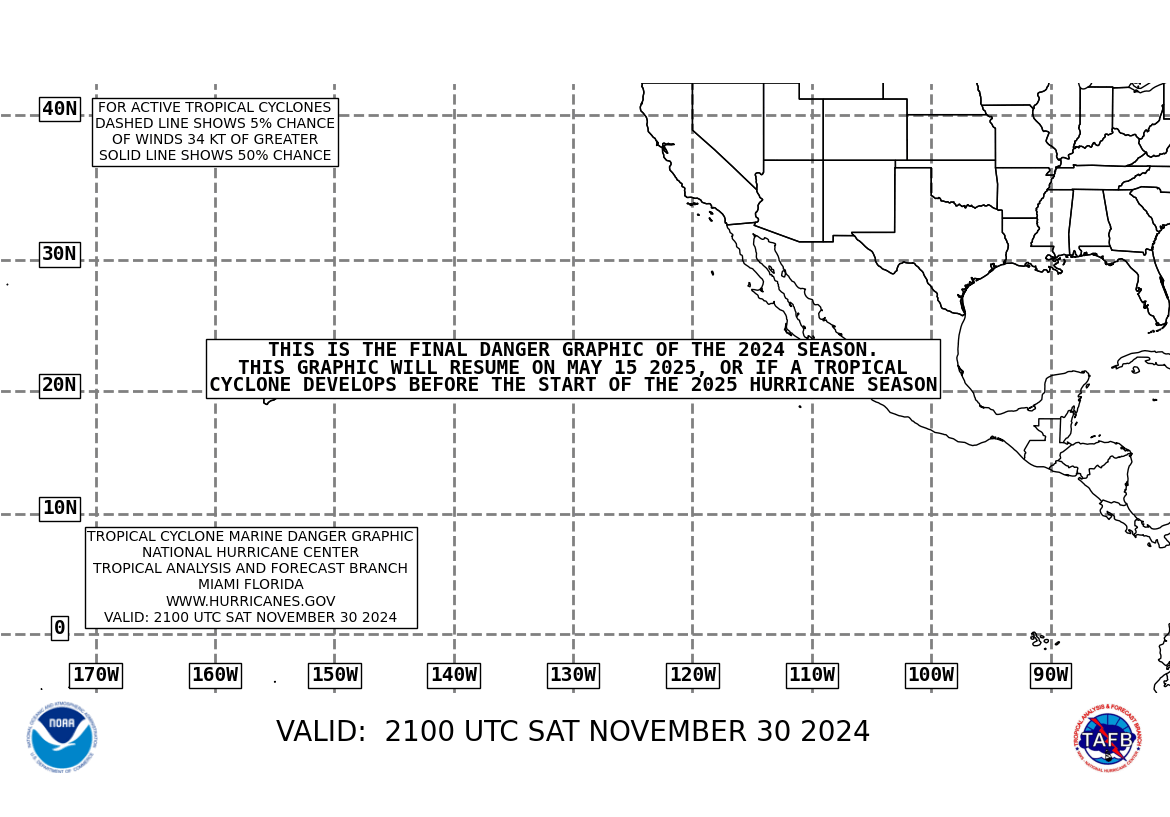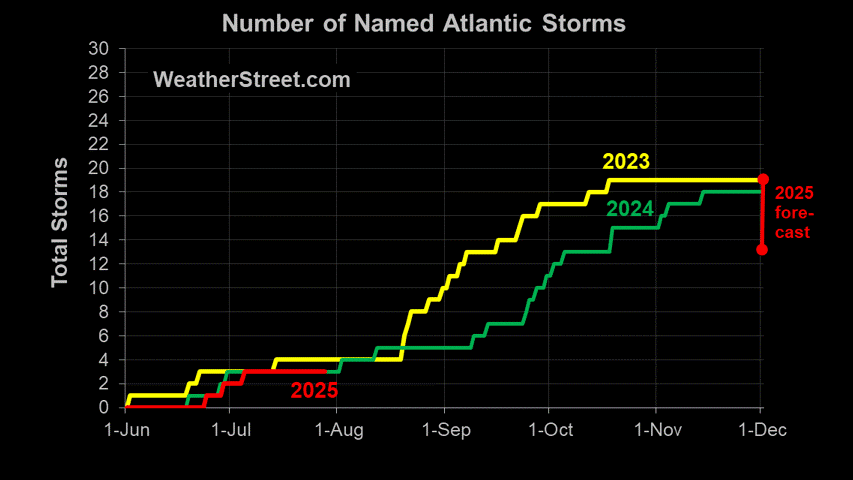Study ties hurricanes to Sahara
A U.S. government study suggests that the relatively tame 2006 hurricane season may have been tied to activity in Africa's Sahara desert.
The lack of sunlight cooled the waters and the dust absorbed the heat, warming the atmosphere and contributing to increased surface winds that aid in evaporation and ocean churning, further cooling the waters.
"This research is the first to show that dust does have a major effect on seasonal hurricane activity," said William Lau, lead author and chief of the Laboratory for Atmospheres at NASA's Goddard Space Flight Center.
Only five hurricanes and four tropical storms were recorded in 2006, a marked decrease from the 15 hurricanes and 12 tropical storms recorded in 2005.
Copyright 2007 by United Press International
The initial study was laid out during the summer of 2006:
NASA Africa Mission Investigates Hurricane Origin, Development
For hurricanes to develop, specific environmental conditions must be present -- warm ocean waters, high humidity and favorable atmospheric and upward-spiraling wind patterns off the ocean surface.
Atlantic hurricanes usually start as weak tropical disturbances off the coast of West Africa and intensify into rotating storms with weak winds, called tropical depressions.
If depressions continue to intensify and reach wind speeds of at least 63 kilometers per hour, they are classified as tropical storms. Hurricanes have winds greater than 117 kilometers per hour.
...snip...
“Dust blown off the Sahara and Sahel can interfere with the birth process of hurricanes,” said Jason Dunion, director of the NOAA Hurricane Research Division 2006 Hurricane Field Program in Miami, Florida.
“Occasionally,” he added, “great elevated plumes of hot dusty air interact with African waves as they move across the Atlantic. When the extremely dry air within the dust layer is ingested by a wave disturbance, it evaporates the deep clouds and thus limits the potential of a wave to develop into a storm.”
So in brief, the dust from the Sahara does indeed suck the moisture from the clouds, lowering the humidity thereby interfering with the development of the tropical wave into a cyclone. Additionally, should a tropical cyclone develop, the cooler sea surface temperatures lessens the ability for it to be able to intensify significantly. The end result is fewer and less severe storms.
From a climate engineering standpoint, if we see another heavy season like 2005 develop again, maybe designing a method to pump dust and sand over the eastern Atlantic could lessen a severe hurricane season before too many strong storms develop.















